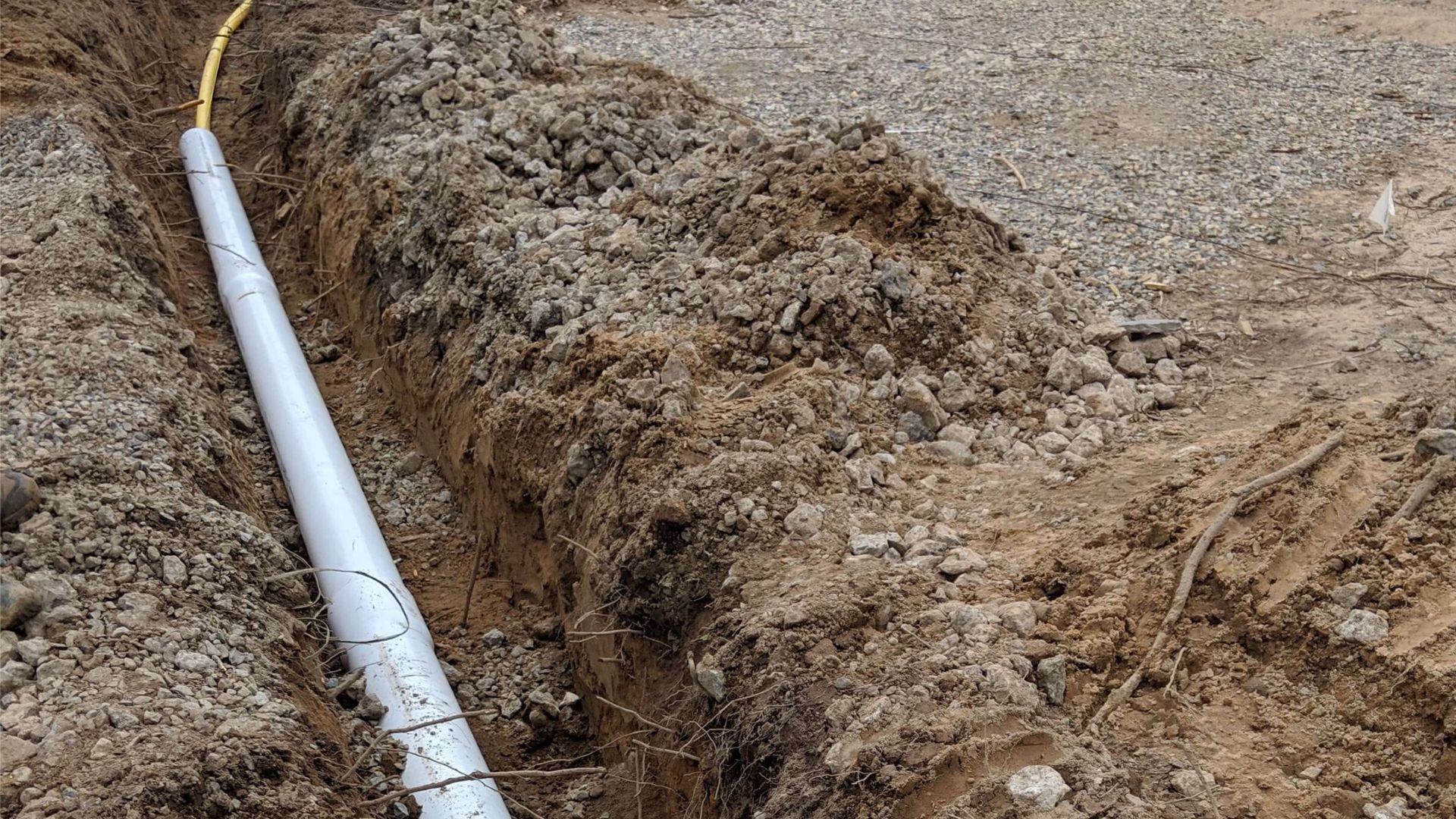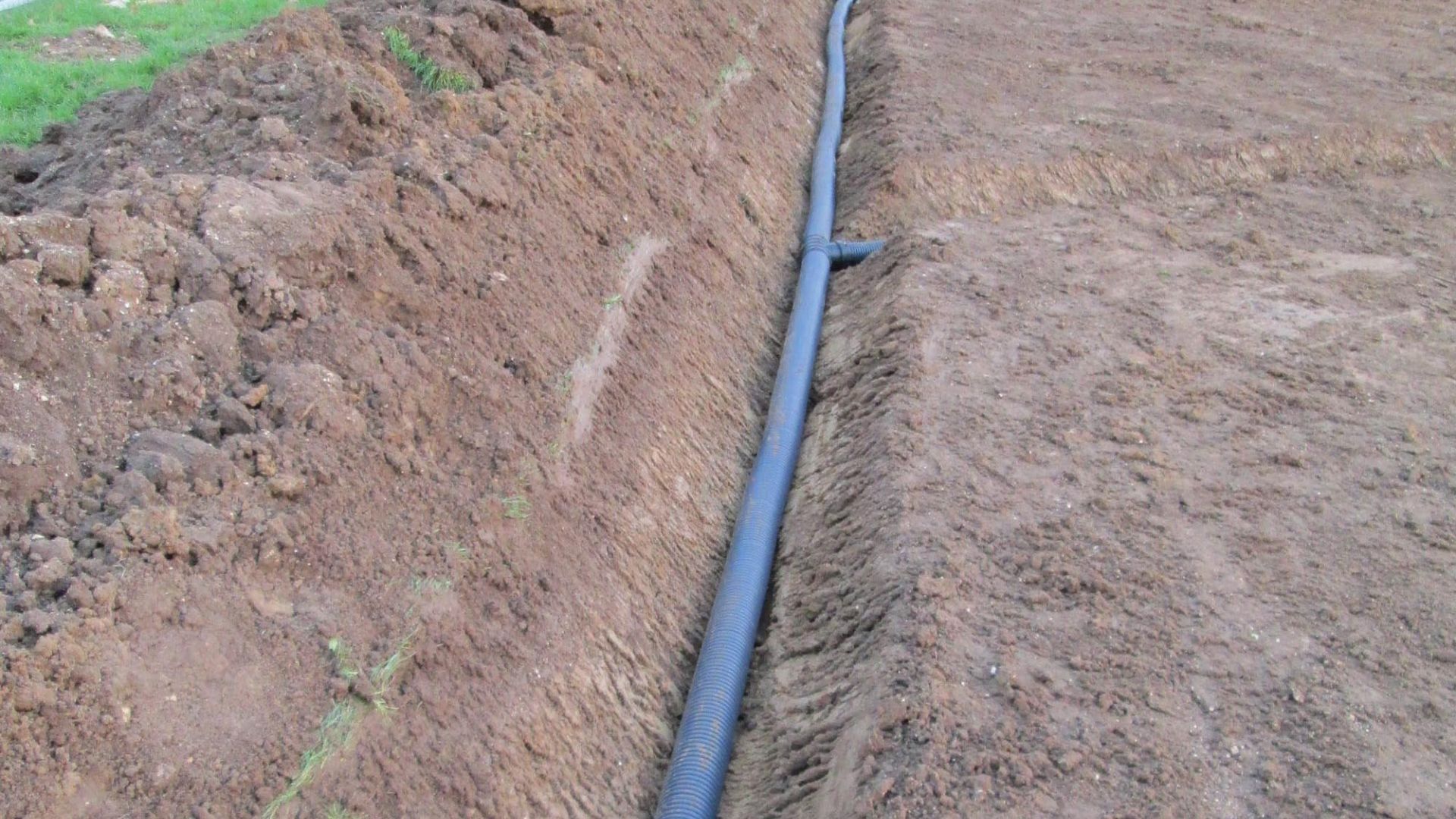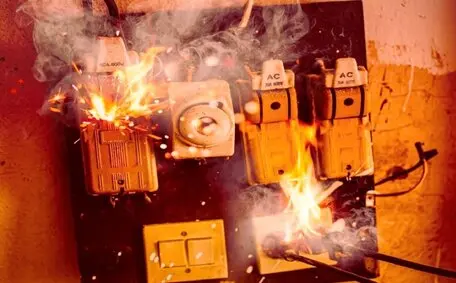Ever wondered what’s happening beneath your feet when electrical faults strike?
Underground faults are some of the most challenging issues to detect and fix, largely because they’re hidden from view and can involve a maze of cables, conduits, and natural obstacles. Without clear visual signs, finding the root cause often feels like searching for a needle in a haystack.
When electrical problems occur below ground, it’s rarely a simple fix. These issues demand a practical, well-informed approach to prevent further damage and safety risks.
As our cities grow and infrastructure ages, the need for professional help with underground electrical faults has never been more critical. Expert technicians have the tools and experience to diagnose and repair faults quickly, saving property owners from costly disruptions and potential hazards.
Underground Electrical Faults
An underground electrical fault happens when underground cables fail, causing disruption to the power system. This could be anything from a broken wire to a full open circuit fault.
Common causes include water ingress into cable insulation, rodent damage to buried cable, ageing cables, and accidents during construction projects.
Locating faults underground is harder than with overhead lines because everything is hidden from view. Unlike faults in overhead lines, where the damage is visible, identifying faults below ground relies on specialist testing and equipment.
Cable breaks, damaged conductors, or a ground fault can go unnoticed until major symptoms appear.
Underground faults can cause fault currents, leading to short circuits, arc reflection, or even fire. There’s also a serious risk of electrocution and prolonged power outages.
Without proper fault location techniques, faults can impact the entire electrical system or cable system, making quick and efficient troubleshooting essential to maintain safety and reliability.
Common Signs You Have an Underground Fault
Spotting an underground electrical fault early can prevent costly repairs. Look for flickering lights, unexpected power outages, and minor electric shocks from appliances.
Burning smells or warmth near floors and walls could hint at issues with underground cables. A sudden spike in electricity bills is another giveaway, often caused by a faulty cable drawing more power supply than usual.
Ignoring these early warning signs can lead to major failures in the electrical system, affecting your entire network. Early inspection and testing are crucial to diagnose problems quickly, ensuring your power stays connected and your earthing system remains safe.
![Faults Electrical Underground Cable Faults Electrical Underground Cable]()
Efficient troubleshooting depends on recognising when things aren’t right. If anything feels off, it’s important to get professional help immediately.
Skilled electricians use various methods and accurate tools to detect and locate issues early, reducing the risk of complete system failure.
Diagnostic Techniques for Locating Underground Faults
Professionals use various methods and advanced equipment to locate underground faults quickly and safely.
Time domain reflectometry (TDR)
A popular method where time domain reflectometers send a signal down the wire. If there’s a break or earth fault, the signal reflects back, allowing the tester to measure the distance and determine the exact location of the failure.
Acoustic fault location
Another tool used for detecting faults. When a fault current occurs, it creates vibrations underground. Sensitive devices pick up these sounds, helping pinpoint the faulted cable without digging up large sections of ground.
Thumper tests
Send a high-voltage surge through the cable. If there’s a cable fault, the surge produces an audible thump above the ground, showing technicians where to dig.
Cable fault locators and underground cable tracing
Use electromagnetic and voltage-based techniques to map out the cable system and locate broken or damaged conductors accurately.
DIY fault finding is unsafe. Without the right device or experience, it’s almost impossible to diagnose issues without risking serious damage or injury.
Professionals use the right inspection methods and troubleshooting tools, ensuring safe and accurate fault location.
Using these proven methods, electricians can quickly identify faults like short circuits, ground faults, and open circuit faults, keeping electrical systems running smoothly and safely across the power network.
Challenges in Repairing Underground Electrical Faults
Repairing a ground fault or a broken buried cable isn’t simple. Restricted access, changing weather conditions, and council regulations make underground repairs much more complex than fixing overhead lines.
Repairs must follow strict safety guidelines to protect the supply and ensure components are properly connected. Without accurate fault location and proper testing equipment, repairs risk damaging surrounding infrastructure like gardens, pavements, or even roads.
Only licensed electricians with experience in underground fault repairs should attempt this work. They understand how to work around an existing cable system, safely disconnect and reconnect circuits, and avoid causing further failure in nearby electrical systems.
Experienced professionals respond quickly and efficiently to locate and repair faults, ensuring your electrical network remains safe and compliant.
![Underground Electrical Cabling Underground Electrical Cabling]()
Preventive Measures to Avoid Future Faults
Preventing underground faults starts with regular inspection and maintenance. Scheduled maintenance checks can help identify faults early, preventing major damage to underground cables.
Using high-quality, insulated cables during installation reduces the risk of cable insulation damage over time. Protective conduits shield cables from physical impacts, rodent attacks, and water ingress, preserving the overall health of your cable system.
Keeping updated records of your cable routes across your property is a smart move. It makes future inspections, testing, or troubleshooting much faster and safer.
Acting quickly when early signs of a fault appear, such as flickering lights or burning smells, can help prevent larger failures. Early intervention using professional equipment and methods ensures minor faults don’t grow into major, costly repairs, keeping your power system stable and safe.
Need Help Troubleshooting Underground Faults?
Underground electrical faults aren’t something you can afford to ignore. Early detection and timely repairs are critical to keeping your electrical systems safe, reliable, and operating efficiently.
Locating faults in underground cables isn’t as simple as a quick visual inspection. It demands specialised testing equipment, accurate inspection techniques, and professional diagnostic methods. Without the right tools, faults such as open circuit faults, ground faults, or cable breaks can rapidly escalate, leading to serious disruptions across your power system and costly repairs.
Bringing in trained professionals ensures efficient troubleshooting, accurate fault location, and repairs that meet strict Australian electrical standards. Experts use proven methods like time domain reflectometry, cable fault locators, and acoustic fault location to detect and repair problems before they become major issues.
Don’t allow a small electrical fault to turn into a dangerous hazard. Prompt action, guided by the right expertise, can safeguard your home, business, and entire cable system.
Bright Force Electrical is your trusted partner for professional overhead and underground services across Sydney. If you suspect an underground fault or notice signs of an issue, contact our experienced team today. We’re ready to deliver fast, accurate, and reliable troubleshooting and repairs whenever you need them.
If you suspect a ground fault or need expert diagnostics, contact our experienced team today for reliable, prompt service.
FAQ: Troubleshooting Underground Electrical Faults
What causes underground electrical faults?
Common causes include water ingress, damaged insulation, rodent activity, corrosion, and excavation damage. Over time, environmental factors and wear and tear can degrade cable integrity.
How do I know if there’s an underground fault?
Warning signs include loss of power, flickering lights, tripped breakers, or unexpected voltage drops. You might also hear buzzing or see signs of damage above ground.
Can I fix underground electrical faults myself?
It’s not recommended. Diagnosing and repairing underground faults requires specialised tools and knowledge. Attempting repairs without proper training can be dangerous and may breach local electrical regulations.
How are underground faults located?
Professionals use equipment like time-domain reflectometers, earth fault loop testers, and cable locators to pinpoint fault locations without digging blindly.
How long does it take to fix a fault?
It depends on the fault’s complexity and accessibility. Some repairs take a few hours, while others might require trenching or cable replacement, which can extend the timeline.
Is trenching always required?
Not always. In many cases, non-invasive fault detection allows targeted repairs, reducing the need for extensive excavation.










